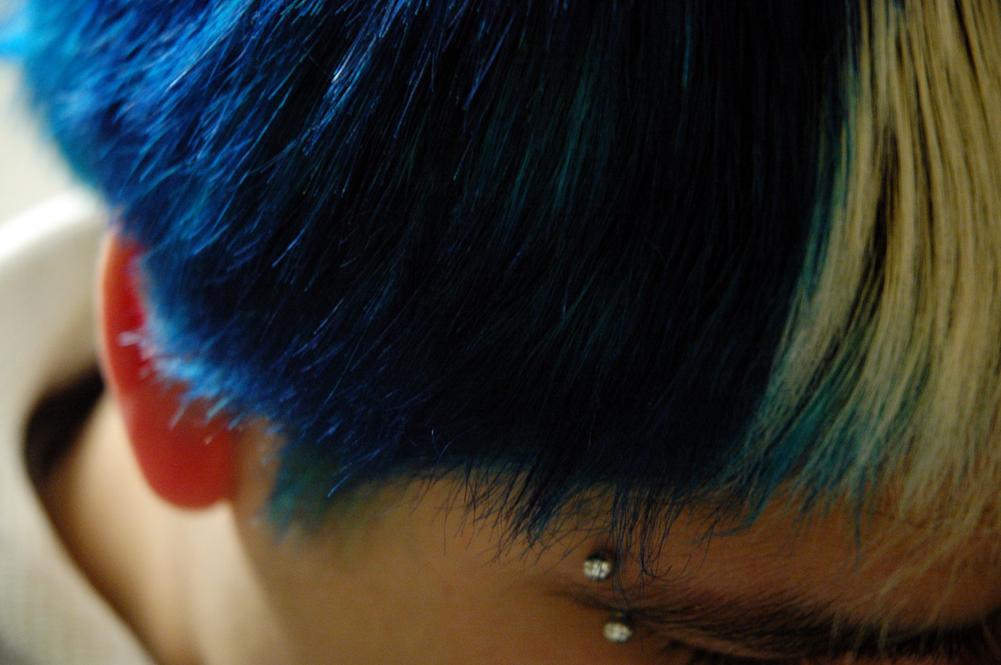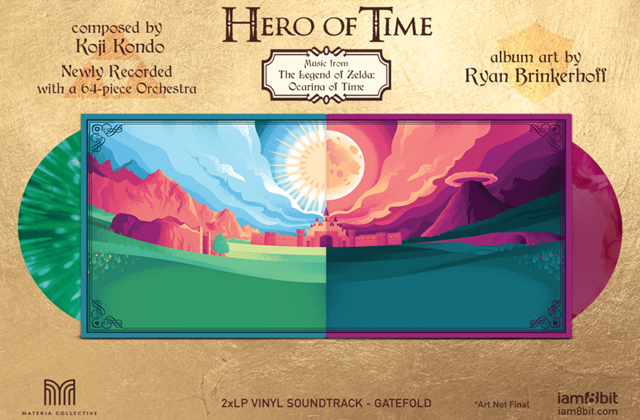Abdellatif Kechiche’s film, Blue Is the Warmest Colour, won the Palme d’Or at the 2013 Cannes Film Festival.
The film, is a three-hour drama, telling the story of two young French lesbians played by actresses Adèle Exarchopolous and Léa Seydoux. Blue Is the Warmest Colour sweeps across the emotive, yet familiar, spectrum of young lust and love, anger and sadness, closeness and distance.
Much talk has been made of the bold, explicit, and lengthy use of the lesbian sex scenes.
Cinematic use of graphic sex scenes – always in the name of art – have often been talking points of films, from Klute to the more recent Black Swan. (The latter also sharing a lesbian sex scene between Mila Kunis and Natalie Portman; arguably giving males an excuse to enjoy a film about ballet.)
Critics have generally favoured Blue Is the Warmest Colour, believing the awarded Palme is well deserved. In part the film could be viewed as a coming of age story, and challenging the societal notions that girls must date boys. Some commentators have viewed it all as rather fitting, given France recently legalised gay marriage. Others may simply say the film is very French.
What may be interesting will be the overall public reception of the film. Cinema and film critics’ perception is not always shared by the general public. Will Blue Is the Warmest Colour be viewed somewhat akin to Brokeback Mountain? Is society more accepting of lesbians than gay males?
Feature Image Credit: Eric V
 uthinki Considered Opinion?
uthinki Considered Opinion?



